Weed Identification
Identify and Treat
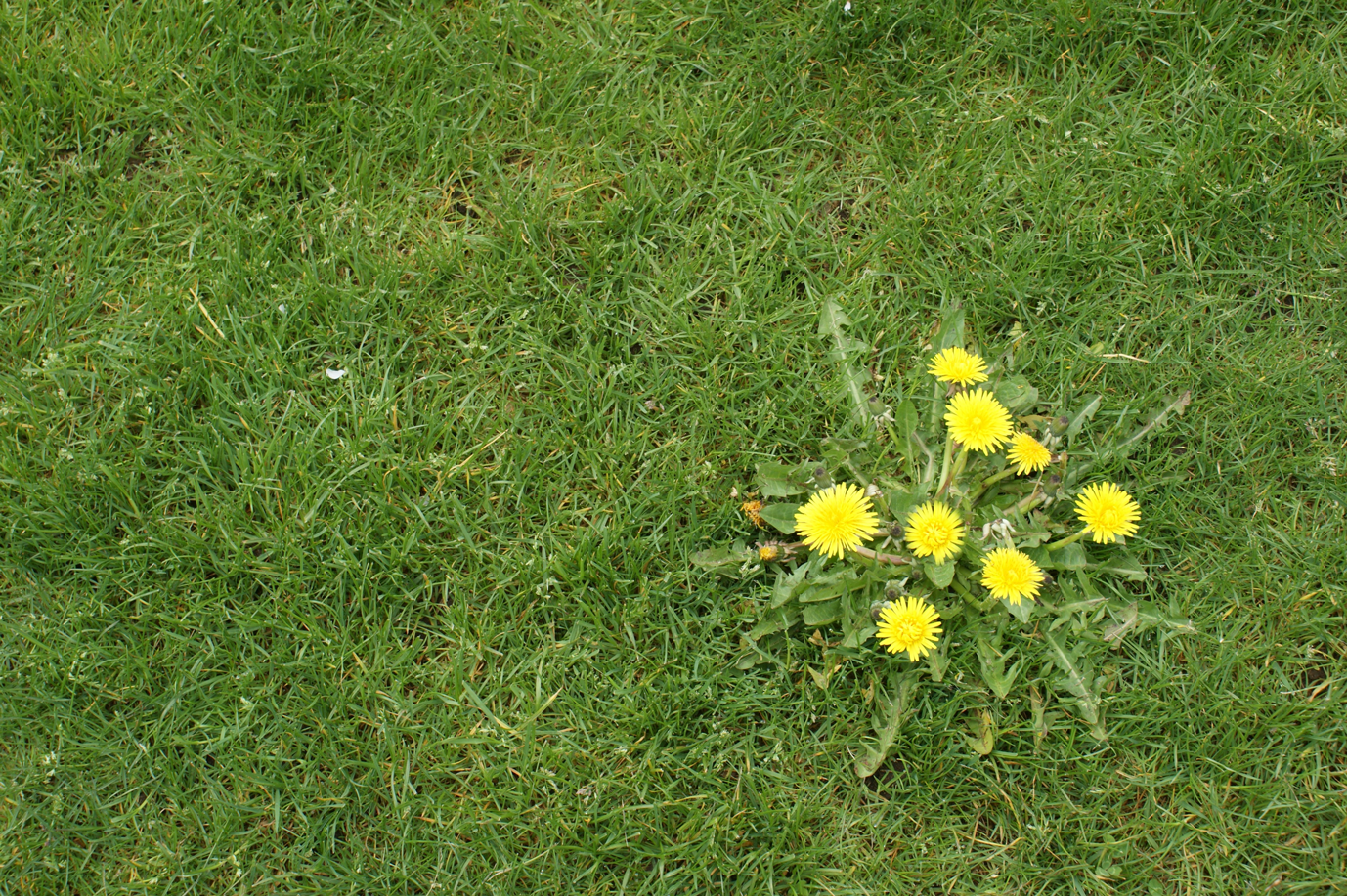
Dandelions
Dandelions are resilient and will grow just about anywhere, regardless of soil, weather, or growing conditions. The weed’s seeds blow easily far and wide, so it spreads quickly if left untreated. Each plant can be removed by use of a dandelion knife, but this approach can be difficult, and often not very effective if you do not dig deep into the ground and remove all the crown buds. Treating with a broadleaf herbicide is much more effective.
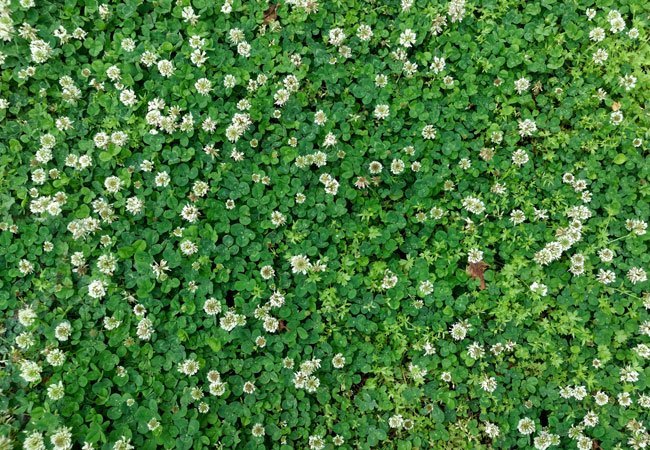
Clover
Most lawns have clover, with the most common being white clover. It is a perennial weed meaning it will come back every year. Clover can also fixate Nitrogen from the air, providing its own food source so it can thrive even in an under-nourished lawn. You want to make sure your lawn is fertilized enough so it can stay thick and crowd out the clover. A grass safe herbicide will also control clover before it starts to flower.
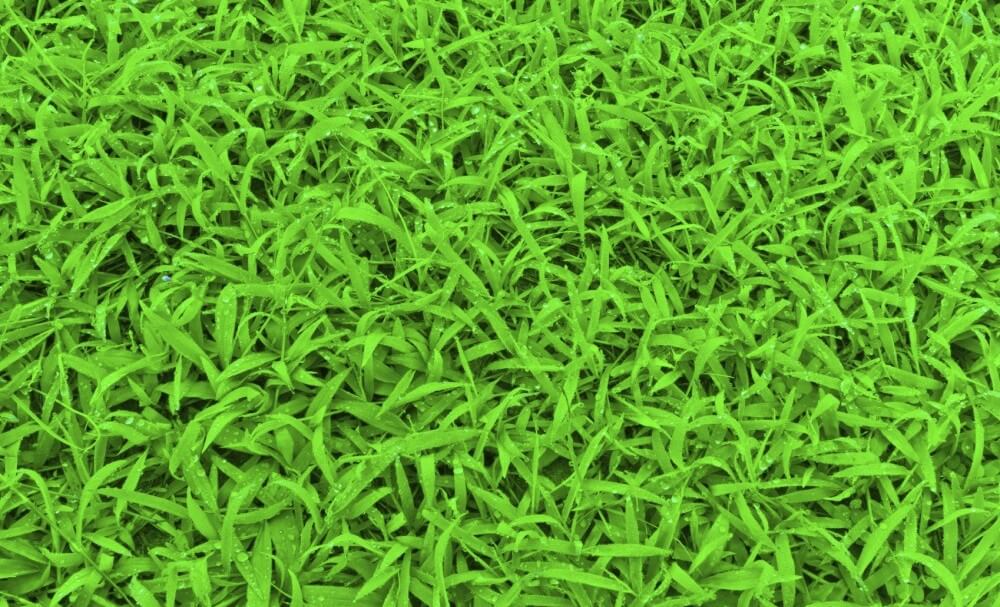
Crabgrass
There are two common types of crabgrass–hairy crabgrass and smooth crabgrass. They look similar and are similar in control. They are both annuals and germinate sometime in May. They are both coarse, unsightly grasses and can grow close to the ground and thus escape the mower. The best control is to get these weeds before they germinate. But if your timing is off there are post-emergent products that can help.

Goosegrass
Goosegrass grows easily in compacted, poor draining soils. It is a Summer annual weed that germinates when soil temperature reaches 60 to 65 degrees Fahrenheit. It needs moisture and light to grow. It is sometimes confused with crabgrass. Goosegrass germinates later in the season and can continue throughout the summer and even into the fall. By the time you see goosegrass in your yard, it is too late to apply a pre-emergent herbicide. Instead, select a post-emergent herbicide labeled for goosegrass.
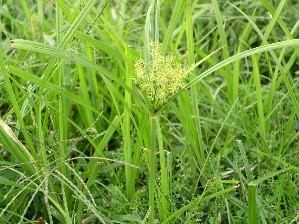
Yellow Nutsedge
Nutsedge is a perennial sedge which means once you have it will come up and be a pest every year. If not controlled, it will spread very rapidly. Yellow Nutsedge appears in the spring a few weeks after crabgrass germinates and grows actively until the first frost. A post-emergent herbicide is recommended. To choose the most effective herbicide, don’t confuse Yellow Nutsedge with Goosegrass, Purple Nutsedge, and Kyllinga.
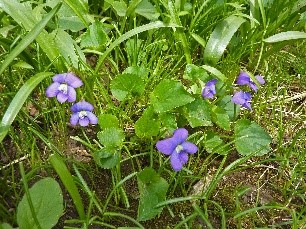
Wild Violets
Wild Violets are very difficult to control in your lawn. The pretty purple, yellow, or white flower is attractive to some people in the Spring, but this weed is dangerous to your lawn. it is aggressive and results in thick mats of leaves that can choke out your lawn. Once you’ve successfully killed the existing wild violets in your lawn, it is vital to put down a weed pre-emergent in the Fall and again the following Spring to make sure that any violet seeds that have dropped will not take root again in your lawn.
For a more complete list of New Jersey Weeds check out the Rutgers website. https://njaes.rutgers.edu/weeds/
Not sure what type of weeds you’ve got? You can stop into our South Jersey yard care store at 517 Franklinville Rd in Mullica Hill, NJ, or contact us through our Ask the Expert form. Send us a picture and we’ll help you identify the weeds.
CONNECT
Get in Touch
Contact:
(856) 478-6704
yardcare@organicturftrade.com
